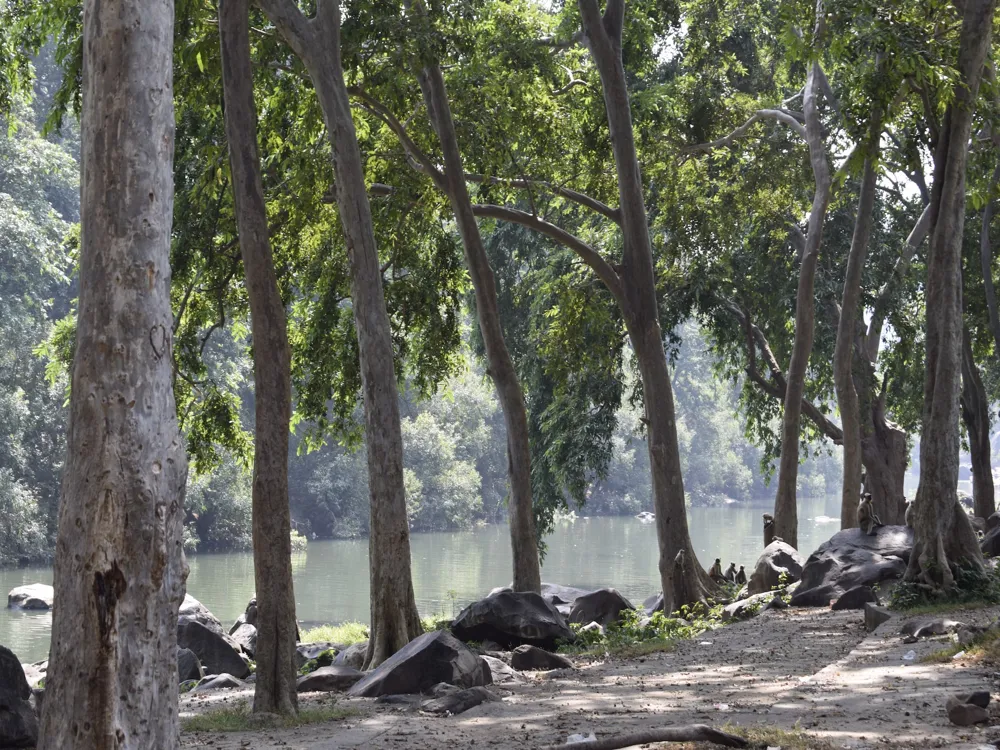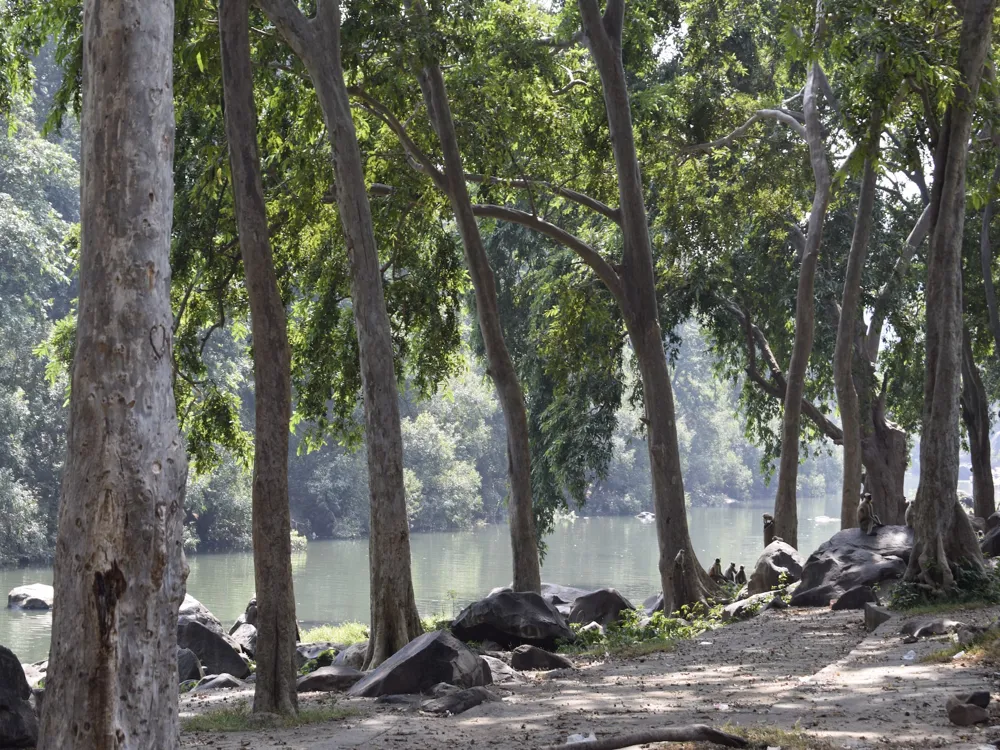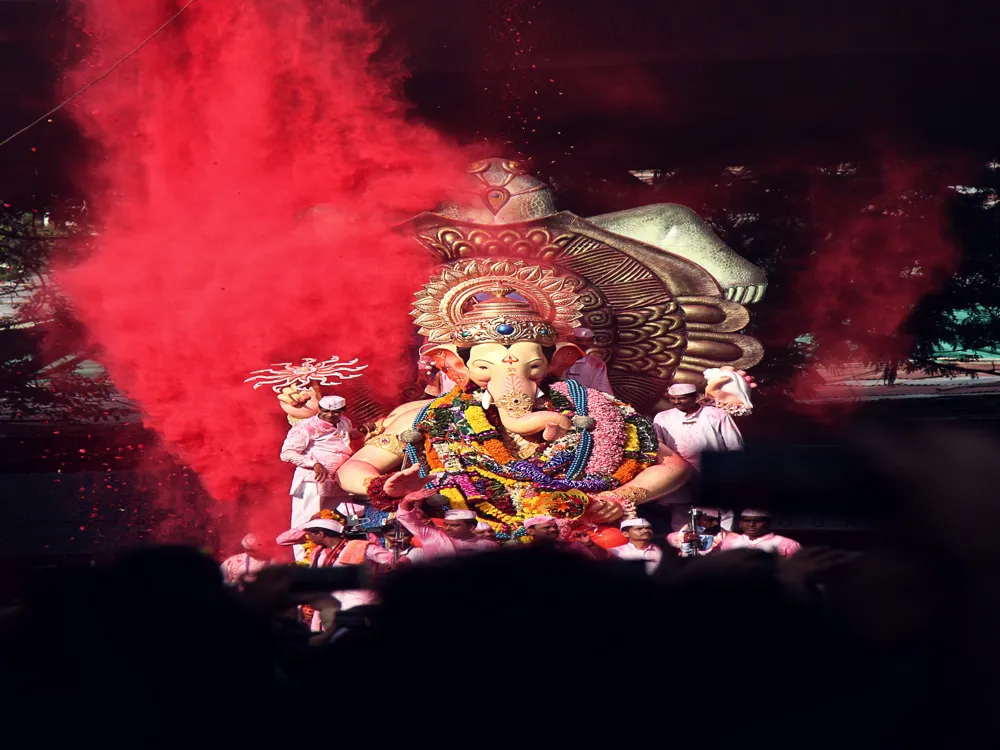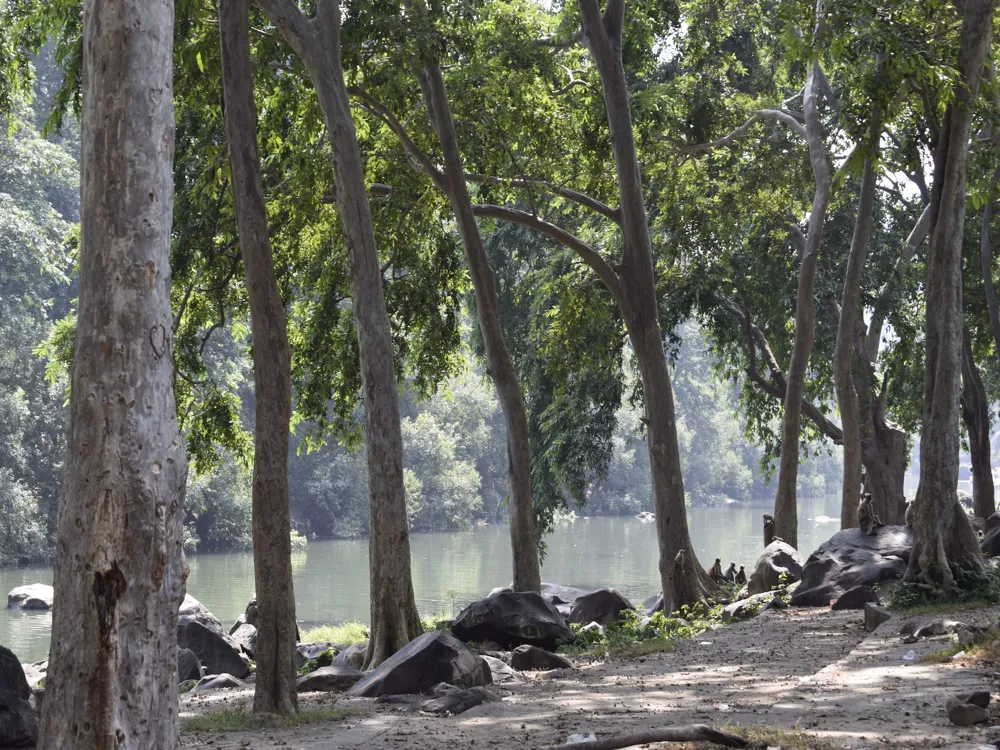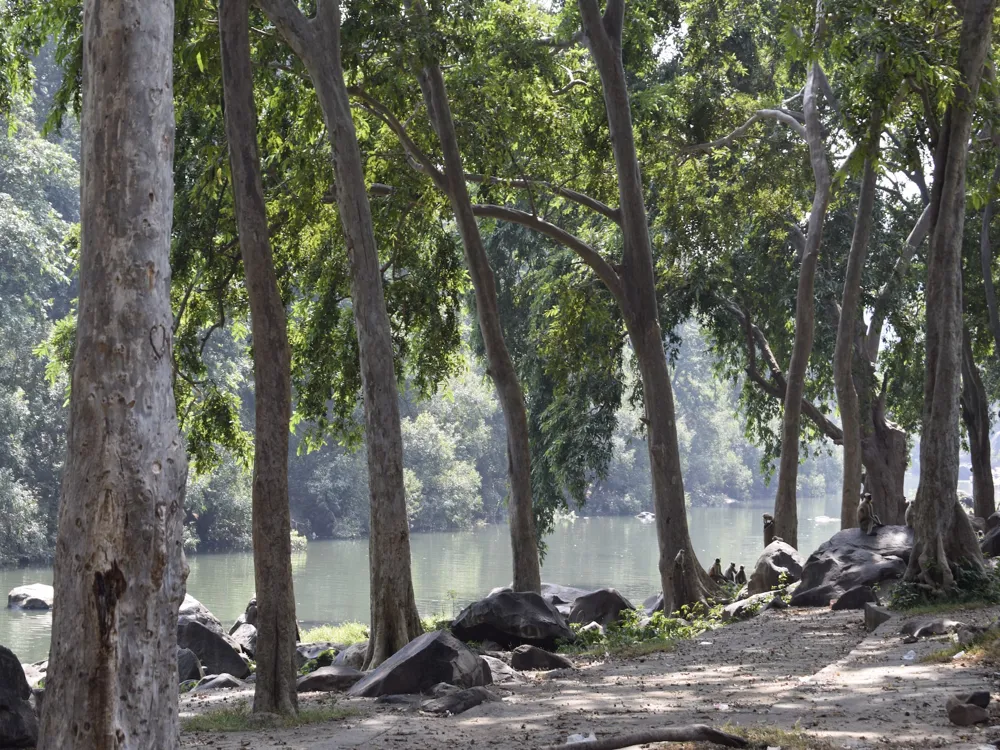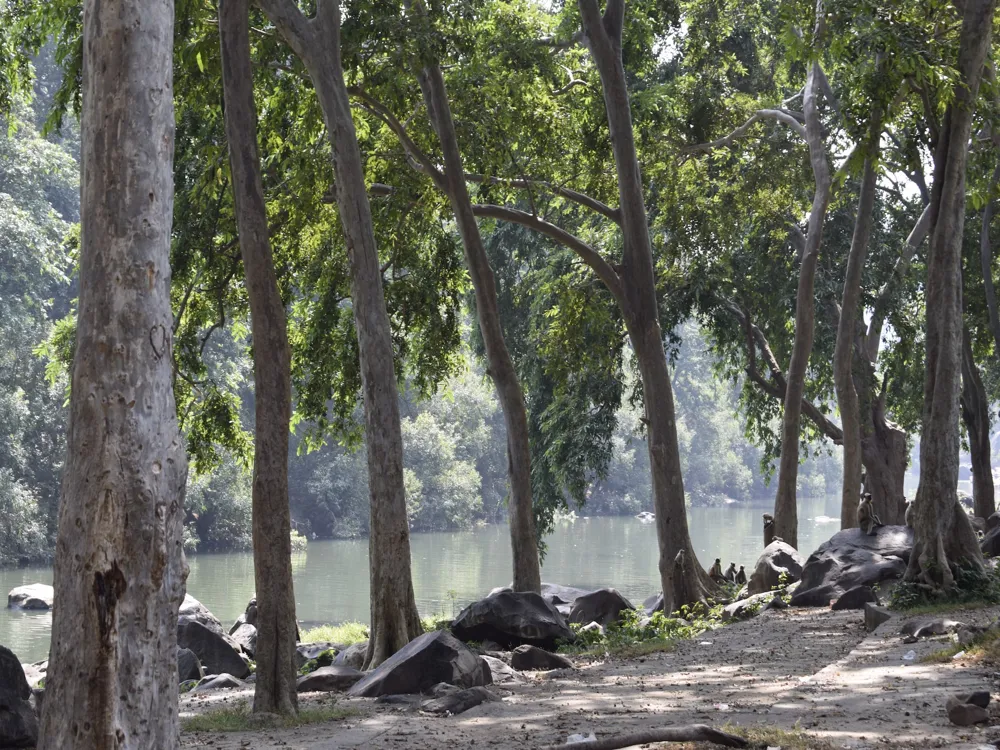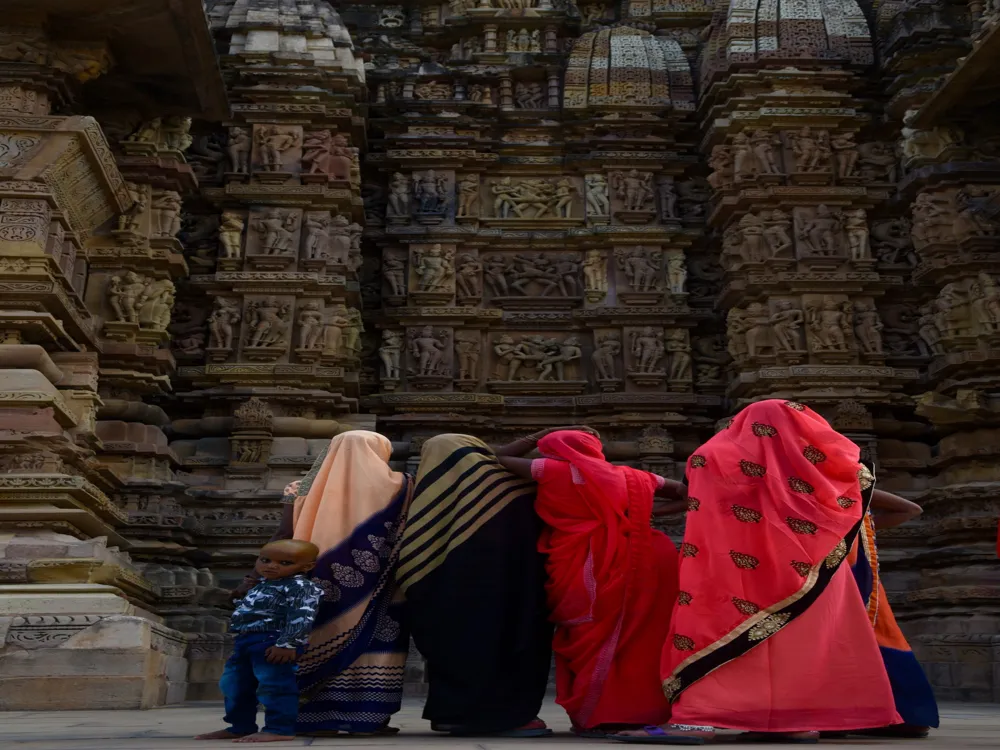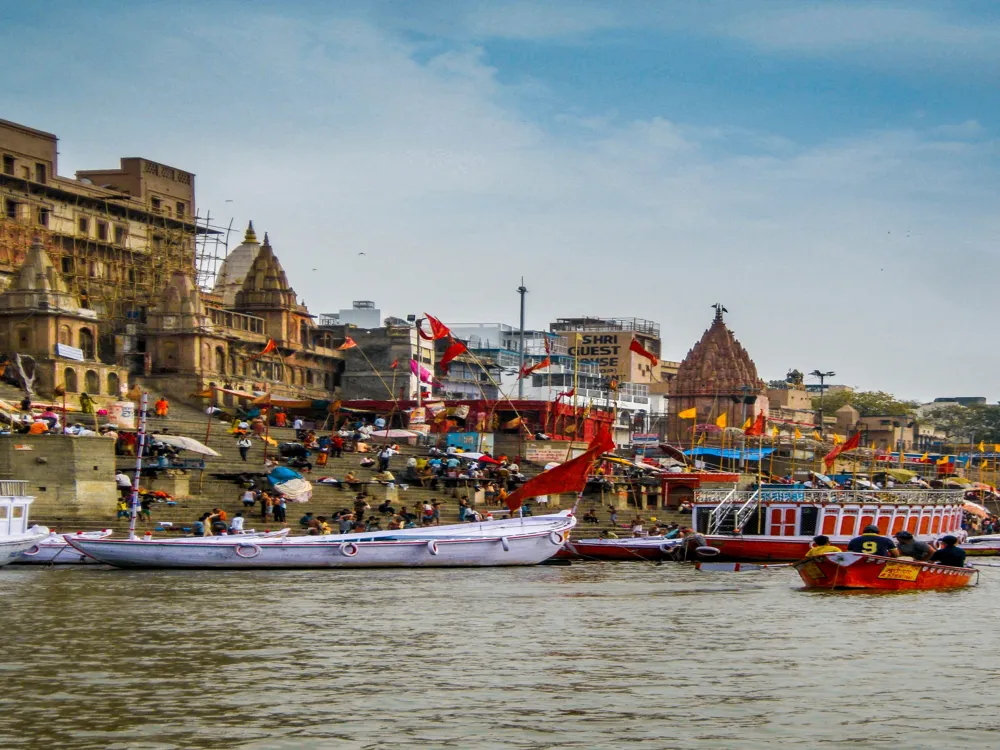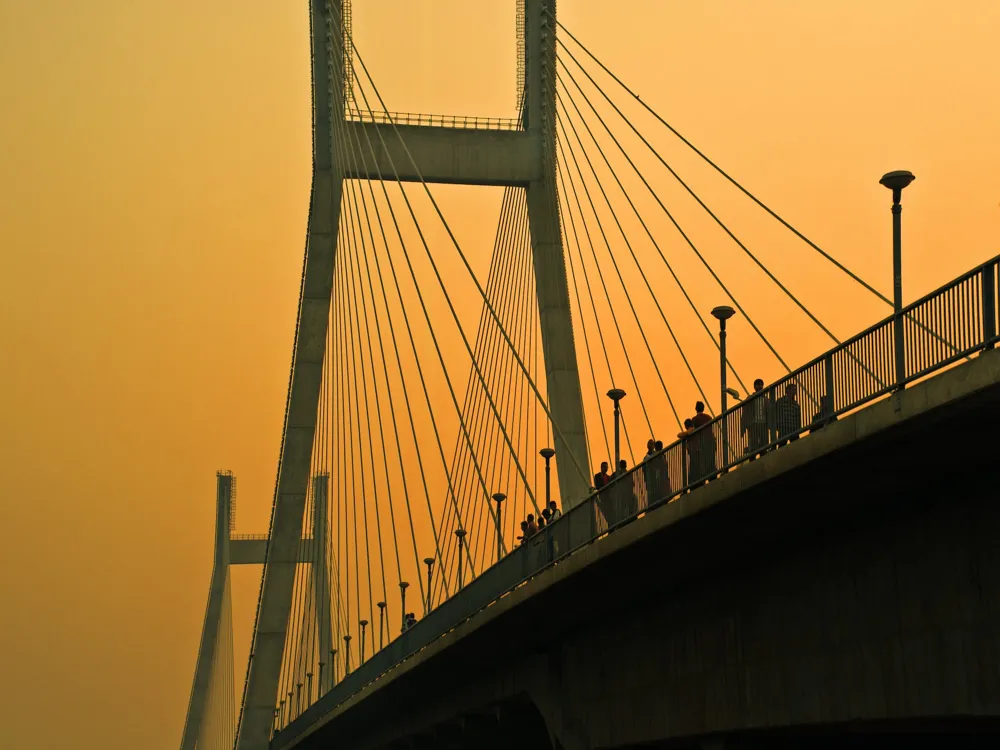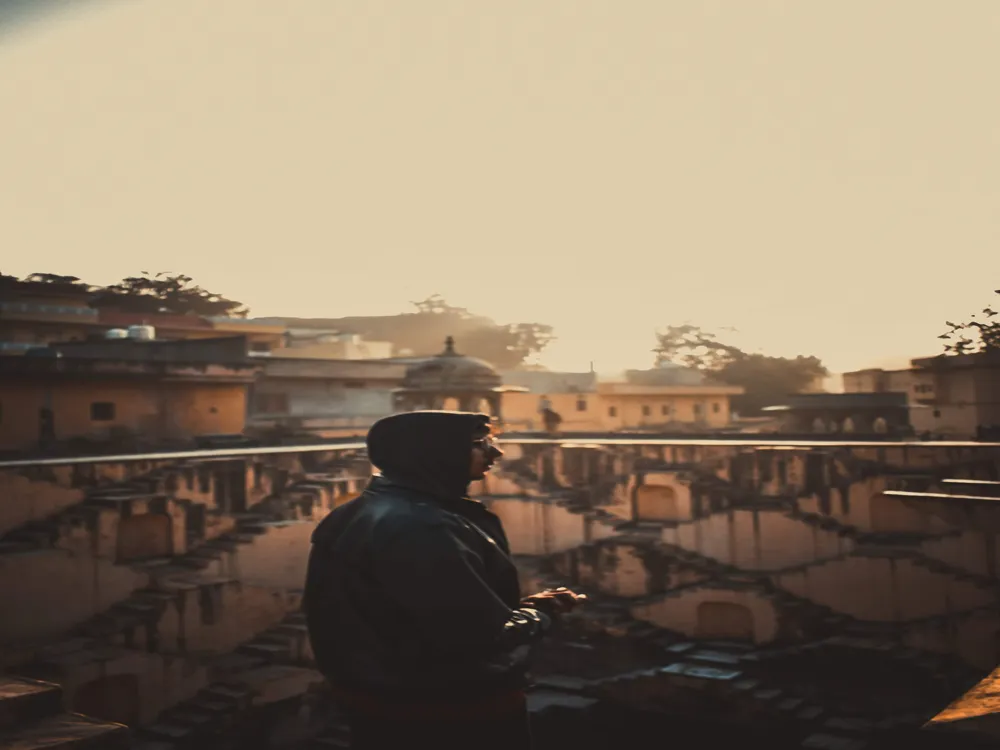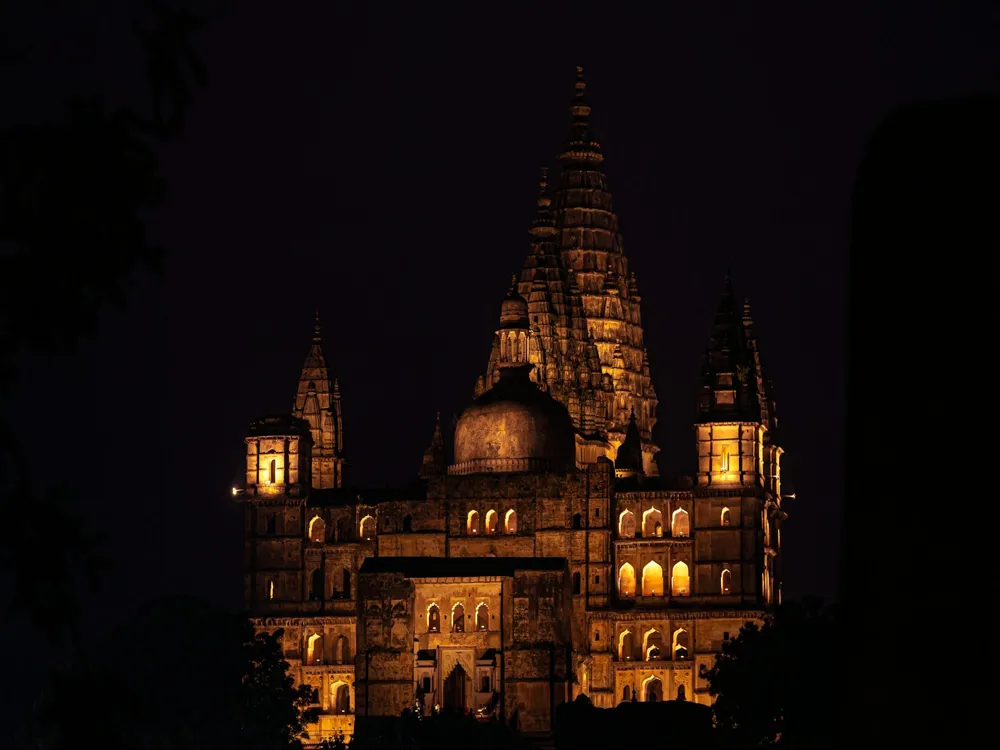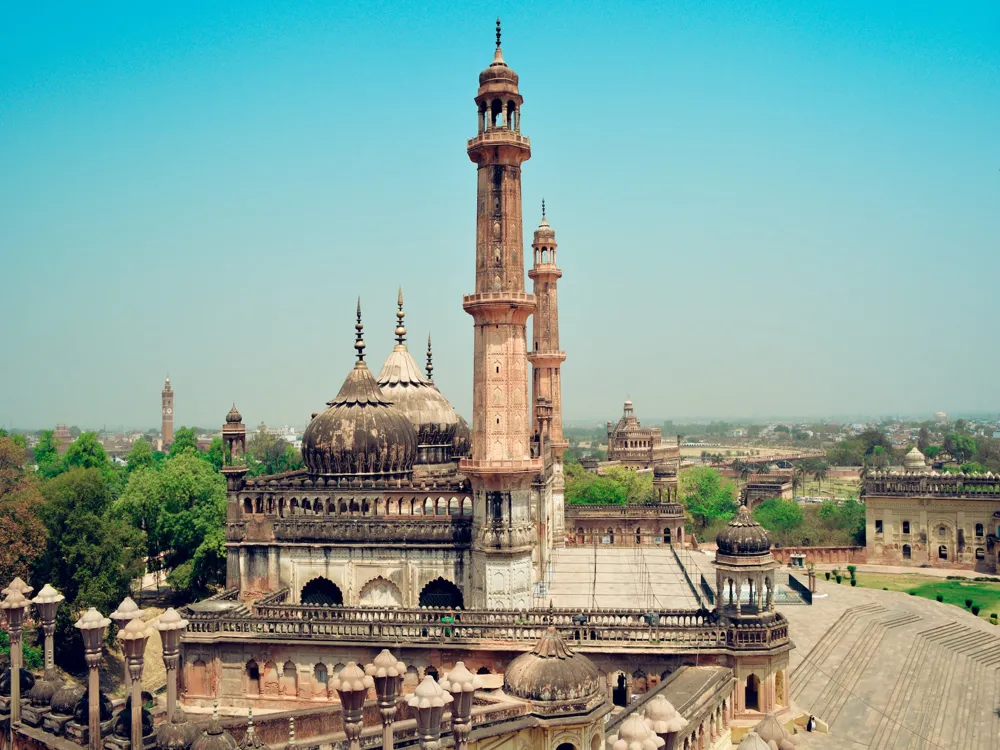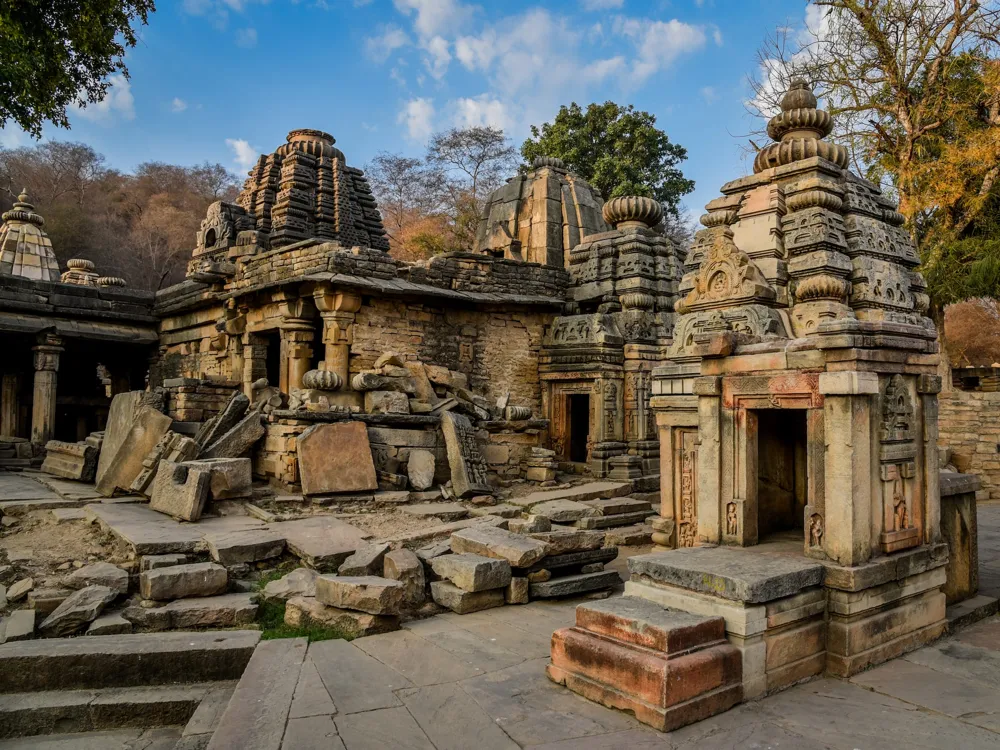Nestled in the heart of northern India, Chitrakoot in Uttar Pradesh is a serene town steeped in ancient Indian mythology and history. Renowned as a pivotal location in the Hindu epic Ramayana, Chitrakoot's blend of spirituality, natural beauty, and cultural heritage makes it a unique destination for travelers and pilgrims alike. This sacred town, situated along the border of Uttar Pradesh and Madhya Pradesh, spans the verdant Vindhya Range, providing a picturesque backdrop to its rich tapestry of legends and historical landmarks. Chitrakoot's history is as old as the Hindu epic itself. It is believed that Lord Rama, along with his wife Sita and brother Lakshmana, spent eleven and half years of their exile in these forests. The town resonates with the presence of several temples, ghats (riverfront steps), and holy sites that date back thousands of years, creating an ambiance of timeless spirituality. The annual fairs and festivals, like Deepavali and Makar Sankranti, add to the town's ethereal charm, drawing devotees and tourists in large numbers. The natural splendor of Chitrakoot is unmatched. The Mandakini River, flowing gently through the town, is considered holy by the pilgrims. The lush green forests, cascading waterfalls, and tranquil hills offer a perfect retreat for nature lovers and seekers of peace. The flora and fauna of Chitrakoot contribute to its serene and pristine environment, making it an ideal location for those looking to escape the hustle and bustle of city life. The architecture of Chitrakoot is a splendid testament to its historical and religious significance. The town is dotted with ancient temples, each boasting unique architectural styles that blend various historical periods and cultural influences. These structures are not just places of worship but are also artistic representations of India’s rich architectural heritage. One of the prime examples of Chitrakoot’s architectural marvels is the Hanuman Dhara temple. Perched atop a hill, it is a magnificent structure with a series of steps leading to the main shrine. The temple is an exquisite blend of natural elements and man-made architecture, with a stream of water flowing over the deity of Hanuman, creating a visually stunning spectacle. Another architectural highlight is the Kamadgiri temple, encircled by a forested hill. The temple's structure is an embodiment of simplicity and devotion, with its circular path, or 'Parikrama', that is revered by pilgrims. The temple's design reflects the harmony between nature and spiritual pursuits, a common theme in Chitrakoot's architecture. The ideal time to visit Chitrakoot is from October to March. During these months, the weather is pleasant, with cooler temperatures and minimal rainfall, making it perfect for exploring the town and its surroundings. As a town of great religious significance, it's important for visitors to respect the local culture and traditions. Dress modestly, especially when visiting temples, and be mindful of local customs and rituals. Chitrakoot offers a range of accommodation options, from budget-friendly guesthouses to more comfortable hotels. It is advisable to book in advance, especially during festival seasons, to secure the best options. Don't miss out on the local cuisine of Chitrakoot, which is a delightful blend of North Indian flavors. Street food and local eateries offer an authentic taste of the region’s culinary delights. Chitrakoot is well-connected and can be accessed through various modes of transportation. The nearest airport is in Prayagraj (Allahabad), about 120 km away. Regular bus services and private taxis connect Chitrakoot to major cities like Varanasi, Prayagraj, and Satna. The town also has its own railway station, Chitrakootdham Karwi, which is well-linked with major cities across India.Overview of Chitrakoot, Uttar Pradesh
Architecture of Chitrakoot
Tips for Visiting Chitrakoot
Best Time to Visit
Respecting Local Culture and Traditions
Accommodation
Local Cuisine
How to Reach Chitrakoot
Read More
Ramghat
Chitrakoot
Uttar Pradesh
NaN onwards
View chitrakoot Packages
Weather :
Label : Must Visit
Tags : Waterfront
Aarti Timings : 6:30 PM every day
Boat Ride Cost : The ideal cost is INR 150-200. Beware of touts demanding much higher prices
Planning a Trip? Ask Your Question
Chitrakoot Travel Packages
View All Packages For Chitrakoot
Top Hotel Collections for Chitrakoot

Private Pool

Luxury Hotels

5-Star Hotels

Pet Friendly
Top Hotels Near Chitrakoot
Other Top Ranking Places In Chitrakoot
View All Places To Visit In chitrakoot
View chitrakoot Packages
Weather :
Label : Must Visit
Tags : Waterfront
Aarti Timings : 6:30 PM every day
Boat Ride Cost : The ideal cost is INR 150-200. Beware of touts demanding much higher prices
Planning a Trip? Ask Your Question
Chitrakoot Travel Packages
View All Packages For Chitrakoot
Top Hotel Collections for Chitrakoot

Private Pool

Luxury Hotels

5-Star Hotels

Pet Friendly







